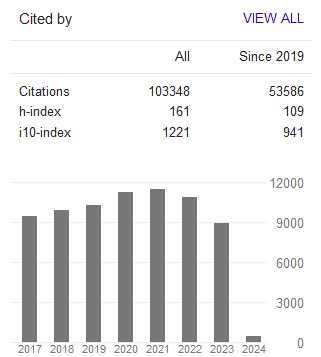Network among Institutions: The Case of TORINO Model
- Maura Campra
- Silvana Secinaro
- Valerio Brescia
Abstract
The network is a model that may be able to respond to public needs by overcoming some limitations of other approaches. In literature, a generalizable model is often absent and not applicable to more than one productive sector. The case study uses the "Torino Model" to highlight the most frequent features and measurable elements of the network through a bottom-up coding approach by ATLAS software. The case is analyzed through interviews, documents analysis and observation of the functioning of the network. Sustainability, management and the main network outcomes are the elements that the study examines the case study. The analysis responds to the gap identified in the literature concerning the application to a system composed of institutions. The essential elements linked to know-how, the exchange of training and information and therefore the growth of intangible value constitute the essential basis for the establishment of a successful network, and this is also highlighted by the case study. The case study highlights how the network between institutions reduces costs by eliminating the duplication of services offered and increasing effectiveness and efficiency through increasing other factors such as the professional ability to respond to needs by immediately putting institutions and professionals in communication. The model confirms the ability to overcome the gap related to the network between institutions and between public and private, increasing the well-being of the local system.
- Full Text:
 PDF
PDF
- DOI:10.5539/ijbm.v14n4p116
Journal Metrics
Google-based Impact Factor (2023): 0.86
h-index(2023): 152
i10-index(2023): 1168

Index
- Academic Journals Database
- AIDEA list (Italian Academy of Business Administration)
- ANVUR (Italian National Agency for the Evaluation of Universities and Research Institutes)
- Berkeley Library
- CNKI Scholar
- COPAC
- EBSCOhost
- Electronic Journals Library
- Elektronische Zeitschriftenbibliothek (EZB)
- EuroPub Database
- Excellence in Research for Australia (ERA)
- Genamics JournalSeek
- GETIT@YALE (Yale University Library)
- IBZ Online
- JournalTOCs
- Library and Archives Canada
- LOCKSS
- MIAR
- National Library of Australia
- Norwegian Centre for Research Data (NSD)
- PKP Open Archives Harvester
- Publons
- Qualis/CAPES
- RePEc
- ROAD
- Scilit
- SHERPA/RoMEO
- Standard Periodical Directory
- Universe Digital Library
- UoS Library
- WorldCat
- ZBW-German National Library of Economics
Contact
- Stephen LeeEditorial Assistant
- ijbm@ccsenet.org
